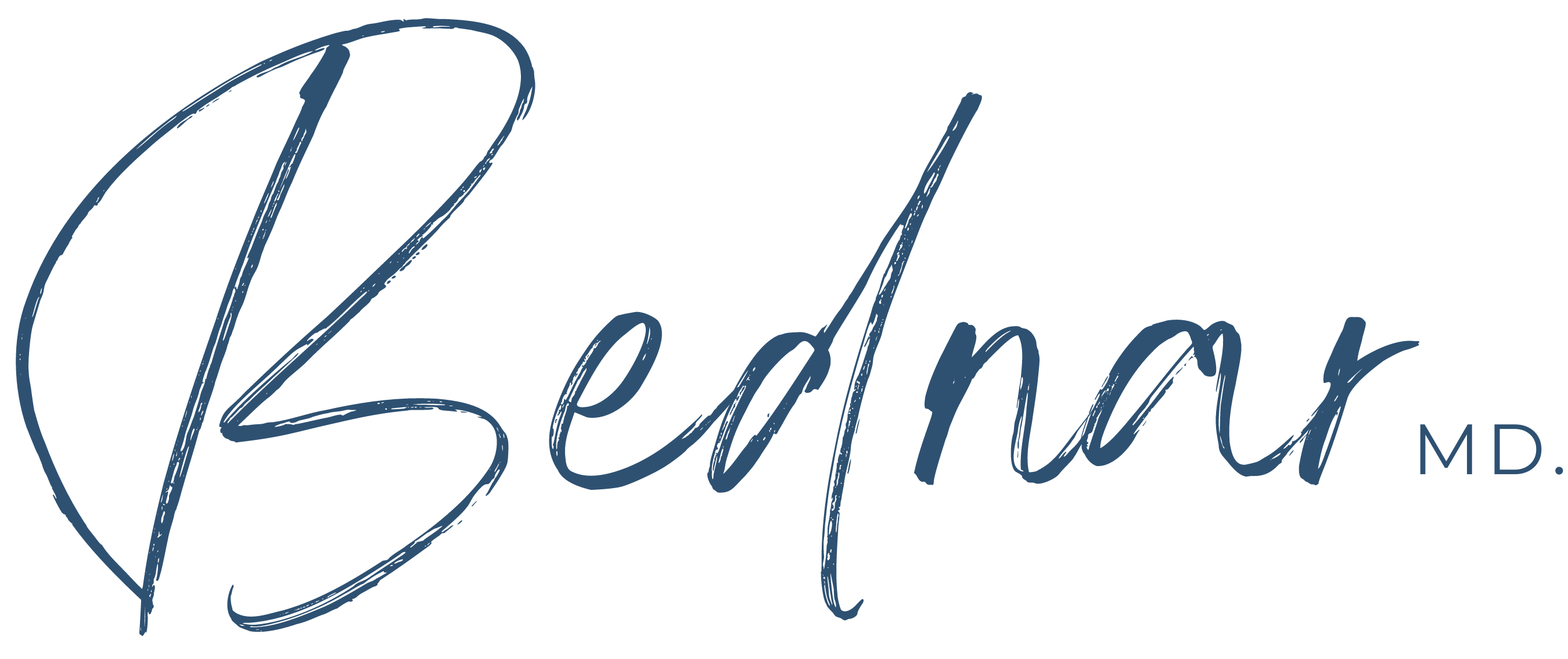Understanding Fat Transfer Breast Augmentation
We know making decisions about your body can be tough, so we’ve put together some FAQs about fat transfer for breast augmentation to help you out. Let’s break it down.
What is Fat Transfer Breast Augmentation?
Fat transfer breast augmentation is a procedure where fat is taken from one part of your body and injected into your breasts. Think of it as a natural way to boost your breast size without implants. This method is great for those who want a modest increase in size with a natural look.
This technique isn’t just for those wanting bigger breasts. It can also complement other breast surgeries like implants, reductions, or lifts to get the results you want.
Who’s a Good Fit for Fat Transfer?
Wondering if this is for you? Fat transfer breast augmentation is perfect for women looking for a small size boost and a natural look. If you prefer using your own body fat over silicone or saline implants, this is your jam.
One big plus is that using your own fat reduces the risk of rejection. So, if you have some extra body fat, you’re likely a good candidate.
In short, fat transfer is a versatile and natural way to enhance your breasts. But, like any surgery, it’s crucial to talk to a qualified professional to see if it’s right for you.
Fat Transfer vs. Breast Implants
When it comes to enhancing your curves, you’ve got two main options: fat transfer and breast implants. Both have their perks, so let’s break it down to help you decide.
Why Choose Breast Implants?
Breast implants are popular for a reason. They let you pick the exact size and shape you want, offering a customized approach. Implants usually last around 15 to 20 years before needing a replacement. Safety issues are generally tied to poor-quality implants or bad insertion.
Implants are often cheaper than fat grafting and are recommended if you want a significant size increase. They’re a solid choice for long-term results.
Why Go for Fat Transfer?
Fat transfer uses your own body fat to enhance your breasts. This method has fewer risks and offers a natural look and feel. Plus, it reduces the chance of rejection since it’s your own fat.
This option is less invasive and great for evening out uneven breasts or restoring shape after a lumpectomy. However, it’s limited in how much it can increase your size and might be more expensive due to the complex process.
In the end, the choice between implants and fat transfer should be made with a board-certified plastic surgeon. Both have their benefits, so it really depends on what you’re looking for.
How Fat Transfer Works
Curious about how fat transfer actually happens? Let’s break it down into two main steps: harvesting and purifying the fat cells, and then injecting them into your breasts.
Harvesting and Purifying Fat Cells
First, you’ll have a consultation to find the best spots on your body to harvest fat from, usually areas like your abdomen, hips, or thighs. The fat is then extracted using liposuction.
Once harvested, the fat goes through a purification process to separate the good stuff from the not-so-good stuff like blood and oil. This ensures only the best fat cells are used for your breast augmentation.
Injecting Fat Cells into Breasts
After purification, the fat cells are carefully injected into your breasts. This step is done meticulously to ensure a natural and aesthetically pleasing result. Over time, the injected fat cells integrate with your existing breast tissue.
Sometimes, a little massage is needed to evenly distribute the fat and get the shape just right.
In summary, fat transfer involves several steps, each crucial for the best results. From the initial consultation to the final injection, every step is carefully managed to ensure you get the look you want.
Risks and Complications
While fat transfer is a popular choice for a natural look, it’s important to know the potential risks and complications. These can include fat necrosis, cyst formation, asymmetry, and fat cell reabsorption.
Fat Necrosis and Cyst Formation
Fat necrosis happens when fat cells don’t get enough oxygenated blood during the transfer, leading to cell death. This can cause lumps that might resemble breast cancer lumps.
Cysts can also form, causing discomfort and possibly requiring additional medical intervention.
There are also risks associated with local anesthesia, like nausea and dizziness.
Asymmetry and Reabsorption
Achieving symmetrical results can be tricky. Factors like individual body response and fat reabsorption can lead to asymmetry.
Up to 50% of the injected fat can be reabsorbed by your body over time, making it challenging to achieve long-term results. Significant weight changes can also impact the results.
Despite these risks, most people are happy with their results. It’s crucial to discuss these potential issues with your surgeon to make an informed decision.
Recovery and Results
After a fat transfer procedure, knowing what to expect during recovery and having realistic expectations for the results are key.
Recovery Timeline
Recovery usually involves bruising and swelling in the donor sites for about a week, with minor swelling possibly lingering for up to six months. Most bruising and swelling in the breasts should resolve within three weeks, and soreness can last for about two weeks.
Full recovery is typically around four to six weeks, although more intense procedures may take up to four months. Most people can return to work about two weeks after surgery.
Longevity and Maintenance
The results from fat transfer are permanent, but not all fat cells survive the procedure. It takes about six months for the injected fat cells to develop a new blood supply and show final results.
Occasional touch-ups may be needed if small areas don’t come together as expected. The final results become visible after about six months.
By understanding the recovery process and maintaining realistic expectations, you can ensure a smoother journey towards your aesthetic goals. Follow all post-procedure care instructions and communicate openly with your surgeon for the best results.
Making the Right Choice
Choosing between breast implants and fat transfer involves weighing various factors. Here’s a quick guide to help you decide.
When to Choose Breast Implants
Breast implants let you pick your desired size and shape and offer long-lasting results. They’re usually cheaper than fat grafting and are recommended for significant size increases.
Safety concerns are generally tied to poor-quality implants or bad insertion, so make sure to work with a board-certified plastic surgeon.
When to Choose Fat Transfer
Fat transfer offers a natural approach using your own body fat. This method provides natural-looking and feeling results and can also help remove unwanted fat from other areas.
It’s great for evening out uneven breasts or restoring shape post-lumpectomy but is limited in size increase and might be more expensive.
In conclusion, the decision should be made with a board-certified plastic surgeon who can assess your individual needs and goals. At Bednar M.D., we’re here to guide you through this process and answer all your questions about fat transfer for breast augmentation.












